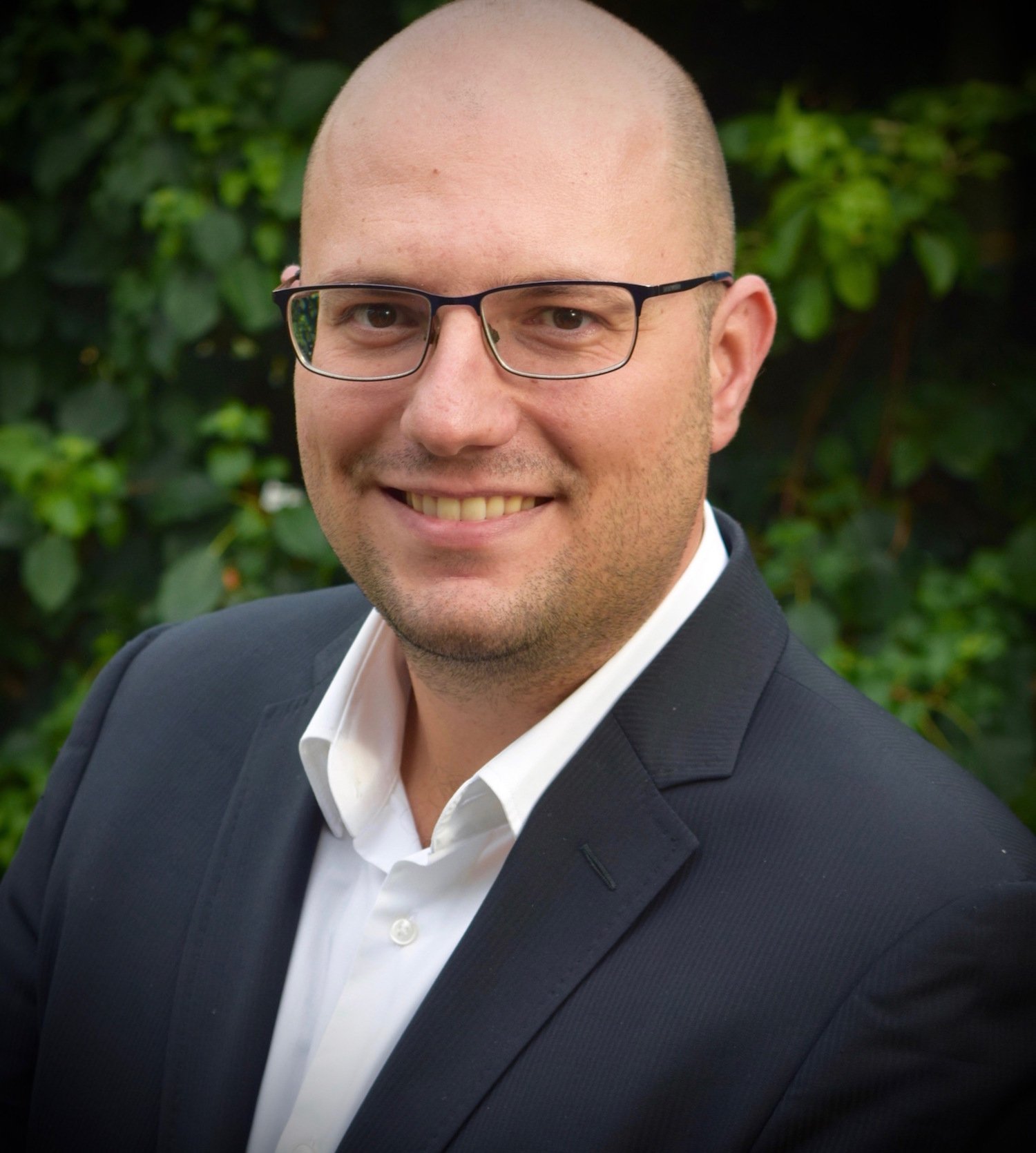ERC Proof of Concept for the second time to KI researcher Georgios Sotiriou

Docent Georgios Sotiriou is awarded the ERC Proof of Concept grant from the European Research Council (ERC). The aim of the project is to investigate whether a light-activated nanocomposite film can be an effective treatment for severe, infected wounds such as diabetic foot ulcers. But also to prepare the step from innovation to medical device. This is the second time Georgios Sotiriou has been awarded the prestigious grant, and the third time he has received funding from the ERC.
Tell us about the new ERC Proof of Concept project.

“The purpose of this ERC Proof of Concept (PoC) grant is to explore whether a photo-activated nanocomposite film may exert strong antimicrobial activity, primarily on infected wounds, for example in diabetic foot ulcers. We will develop a novel wound patch: a nanothin polymer composite film with visible-light photocatalytic activity to effectively eradicate biofilms in wounds,” says Georgios Sotiriou, principal researcher at the Department of Microbiology, Tumor and Cell Biology, Karolinska Institutet.
“We have established a strong collaboration with Dr. Ning Xu Landén at the Department of Medicine, Solna, KI, providing unique insights in molecular mechanisms in human skin wound healing, and with Dr. Sergio Catrina at the Department of Molecular Medicine and Surgery, KI, and the Centrum för Diabetes at Karolinska University Hospital with long clinical expertise and relevant animal models on wound healing.”
What does it mean for your continued work to be awarded the ERC Proof of Concept grant?
“It is definitely an important milestone for our work, and we appreciate the continuous support from ERC. This grant is particularly significant because it will help us explore the commercialization and eventual transition of this innovation into the clinics.”
Tell us a little about the application process.
“ERC Grants are highly competitive and particularly the Proof of Concept grants are special because it is not only the scientific excellence that the reviewers are looking for, but also the eventual commercialization and translation of the product. In other words, there is emphasis on the societal impact of this innovation in relatively short-term.”
This is the second time you have received the prestigious grant, and the third time you have received a grant from the ERC – what does this mean for you as a researcher?
“It is an absolute delight! Apart from receiving the funding which is highly appreciated, getting grants from the ERC shows us that we are on the right track and our work has the capacity to convince important stakeholders of its potential to solve medical challenges.”
Is this second ERC PoC project a later stage of your project that previously received the ERC PoC grant?
“Our second PoC project is not a direct follow-up of our previous PoC grant but we have definitely built on the knowledge we obtained during the previous grant. We now have refined our processes and approaches to more effectively tackle a major medical challenge; the infected chronic wounds such as those in diabetic patients.”
“We will cure these infections with an antibiotic-free approach and by using benign visible light. Think of a sophisticated flashlight that the patient would shine on the developed wound patch for a few minutes that would disinfect the wound microenvironment and improve the healing process.”
What do you hope to have achieved by the end of the funding period?
“By the end of this funding period, we will have hopefully validated the effectiveness of the developed wound patches with relevant animal models. Upon successful results, we will also conduct thorough market and competitor analyses within the antimicrobial wound care dressing sector and we will outline a detailed business case for advancing our prototype to market. That will help us transition our innovation to the clinics in the most effective way,” concludes Georgios Sotiriou.
